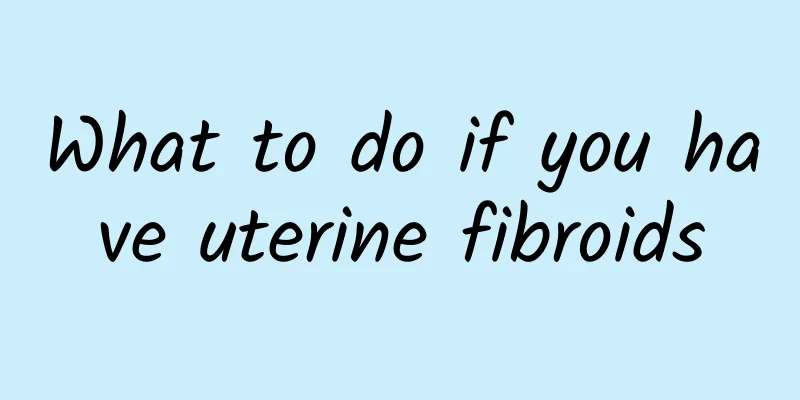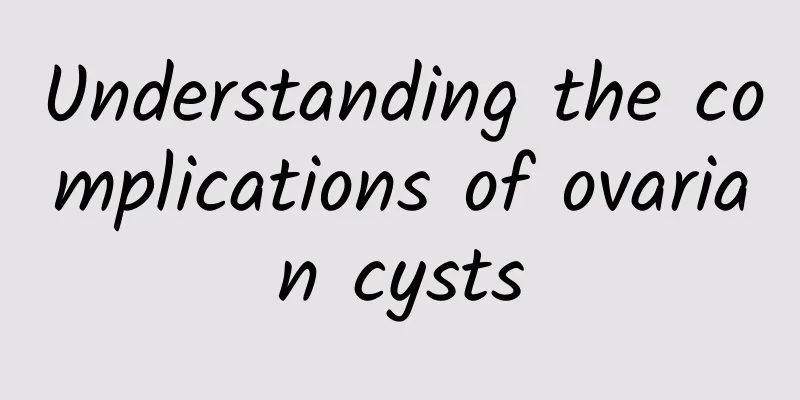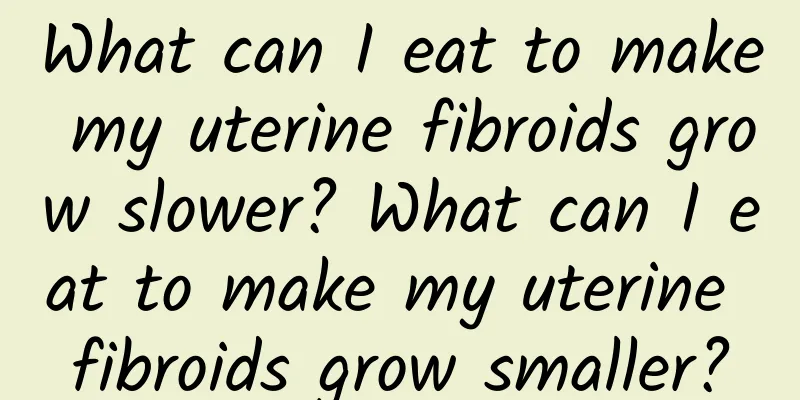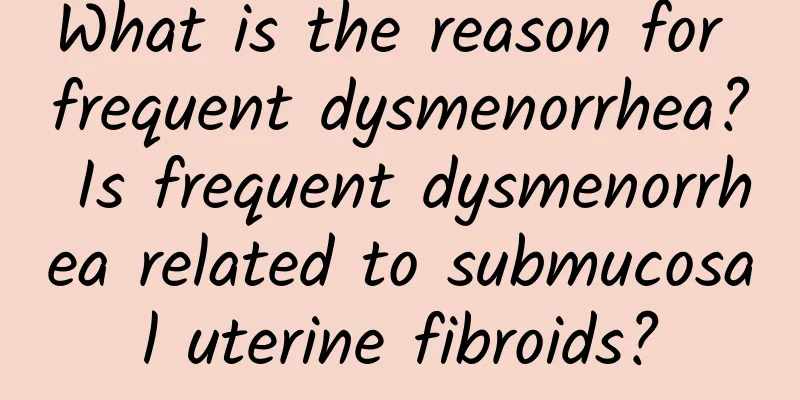What to do if you have uterine fibroids

|
Uterine fibroids are the most common benign tumors of the female genitalia, composed of smooth muscle and connective tissue. In general, the treatment of uterine fibroids should be based on age, symptoms, fertility requirements, and the type, size, and number of fibroids. Uterine fibroids do not require treatment if they have no symptoms, especially for women approaching menopause. Uterine fibroids can shrink and symptoms disappear after menopause. Follow-up visits are conducted every 3 to 6 months, and further treatment can be performed if symptoms occur. Drug treatment is suitable for women with relatively mild symptoms, those approaching menopause, or those whose general condition is not suitable for surgery. The harm of uterine fibroids Uterine fibroids are common benign tumors in women. Small uterine fibroids have no symptoms, so they are not very harmful. They only need to be closely observed and no treatment is needed. Large uterine fibroids can cause increased menstrual flow, prolonged menstrual periods, and lead to anemia. If uterine fibroids are too large, due to their rich blood supply, the fibroids are prone to degeneration and cause abdominal pain or malignant degeneration. Larger fibroids also compress the bladder, ureters, and rectum, causing compression symptoms, which seriously affect physical health and require surgical treatment. Therefore, the harm of uterine fibroids is still very large. The treatment plan selected is different according to the location, size, and age of the uterine fibroids. Complications of uterine fibroids Complications of uterine fibroids are common in patients with clinical symptoms of uterine fibroids. Most of these patients will have heavy menstrual flow and prolonged menstrual period. Over time, this will lead to anemia in women. In addition, if the uterine fibroids are located in the lower part of the anterior wall, they will compress the bladder and cause frequent urination and urgency. If the fibroids are large, some women will feel a sense of heaviness and back pain in the waist and abdomen. These symptoms will worsen during menstruation. In addition, a very small number of women will develop sarcoma-like changes, which are more common in postmenopausal women. |
<<: How to diagnose adenomyosis clinically
>>: What measures can be taken to prevent infrequent menstruation?
Recommend
Will ectopic pregnancy cause frequent urination?
Will ectopic pregnancy cause frequent urination? ...
What are the symptoms and treatment of pelvic inflammatory disease?
What are the symptoms and treatments of pelvic in...
How to adjust your diet after miscarriage? What should you pay attention to after miscarriage?
Women who have just had an abortion must pay more...
What to use for vaginal inflammation
Vaginitis is a common gynecological disease that ...
Recognize the "clues" of ovarian cysts
Yuanyuan's company has been promoting a "...
Cabbage is not only anti-cancer, but also a great weight loss tool that helps kill fat instantly! 3 Cabbage Juices to Help You Lose Weight
Cabbage is also called cabbage, round cabbage, ca...
What are the dangers of painless abortion?
Painless abortion is a method of abortion that is...
How to treat secondary amenorrhea with traditional Chinese medicine
The TCM treatment of secondary amenorrhea focuses...
I love eating white rice as my staple food, which makes me a sweet lover! Eating white rice in the morning may affect your health
While enjoying delicious food, you should also st...
What is the main cause of cervical hypertrophy?
The high incidence of cervical hypertrophy is ver...
Examinations that should be done for patients with congenital absence of vagina
Congenital absence of vagina is a common gynecolo...
If you have uterine fibroids, you may find that you have some compression symptoms.
If you have uterine fibroids, you may find some c...
What are the characteristics of serous ovarian cysts? Three characteristics should be understood
What are the characteristics of a serous ovarian ...
Ovarian cysts will initially present some lumps.
Ovarian cysts can cause lumps in the early stages...
What will happen if you walk too much after a miscarriage? How long does it take to recover after a miscarriage?
The meaning of walking is different for different...









